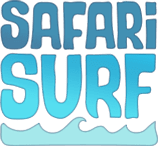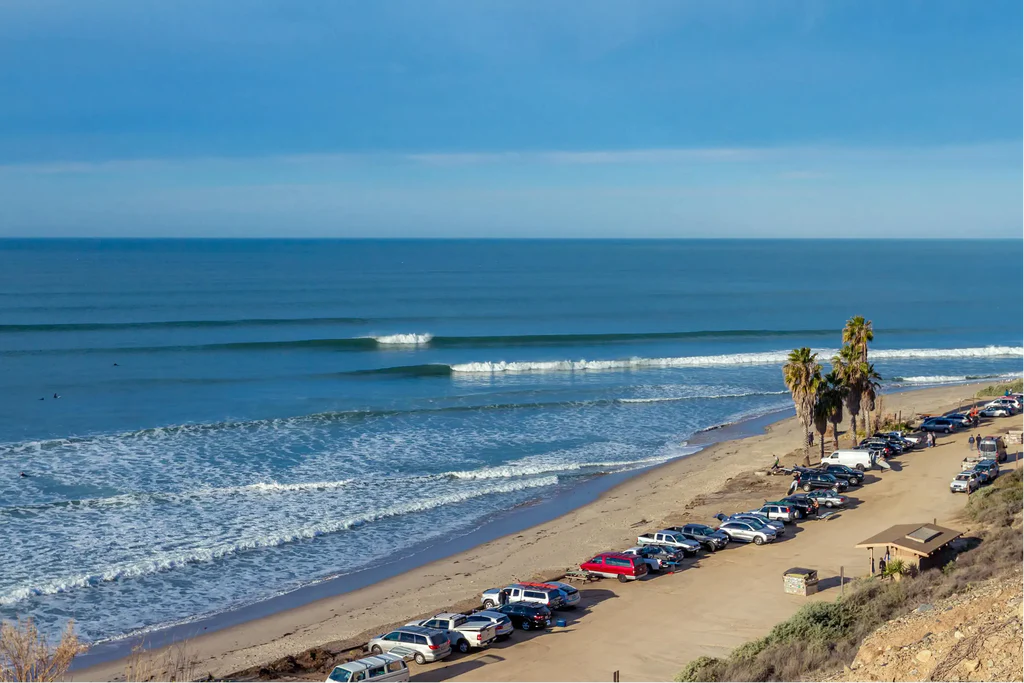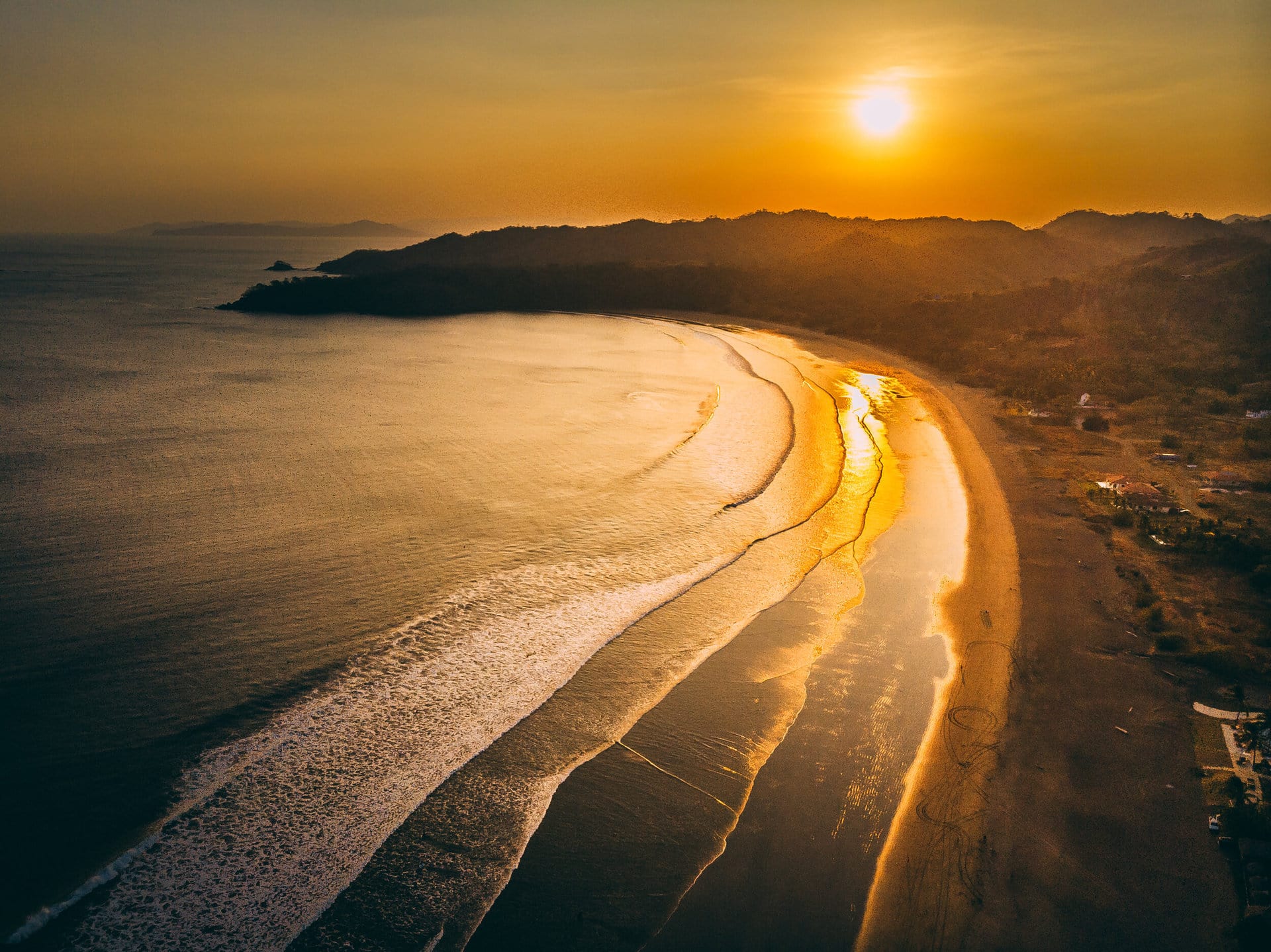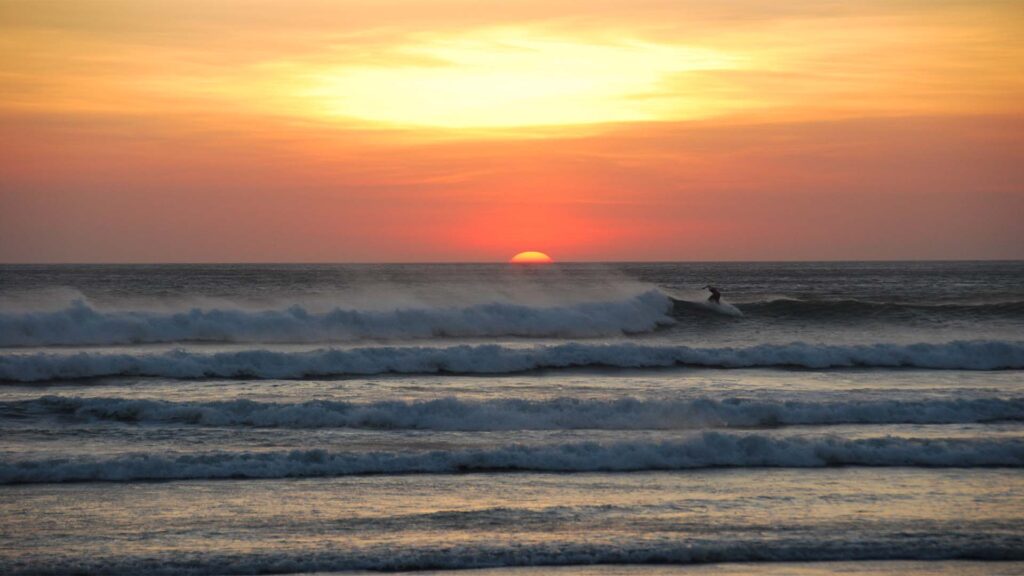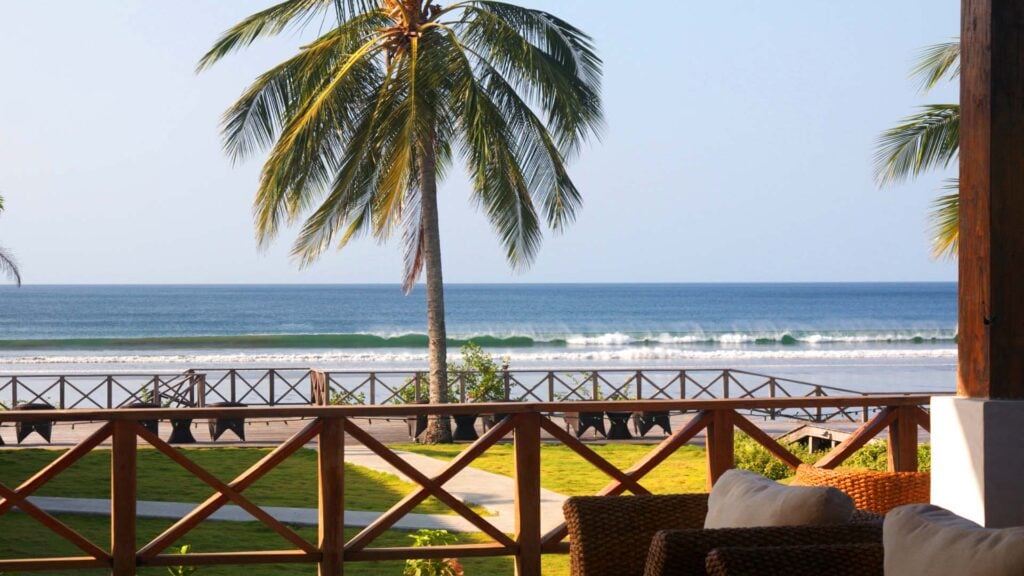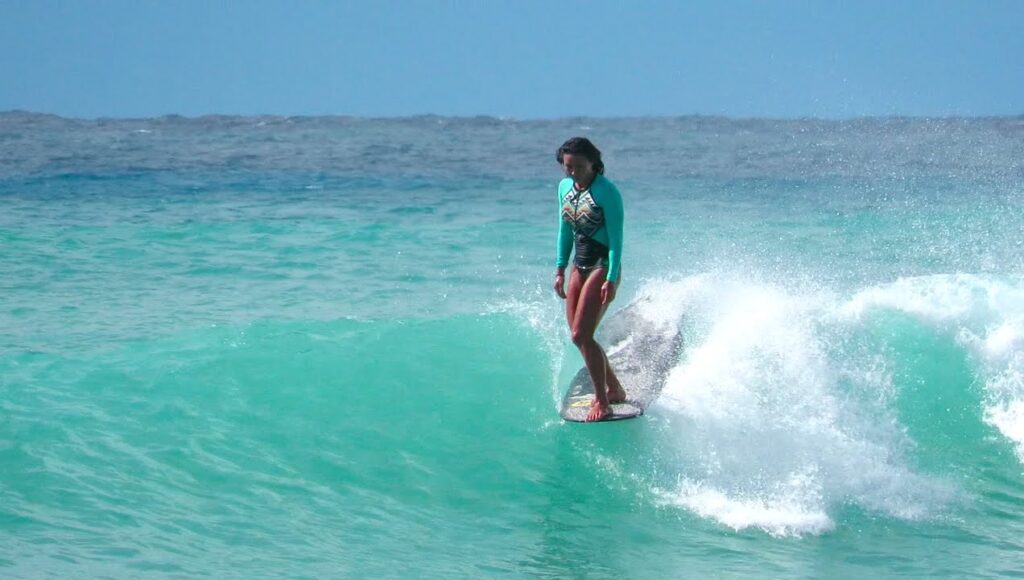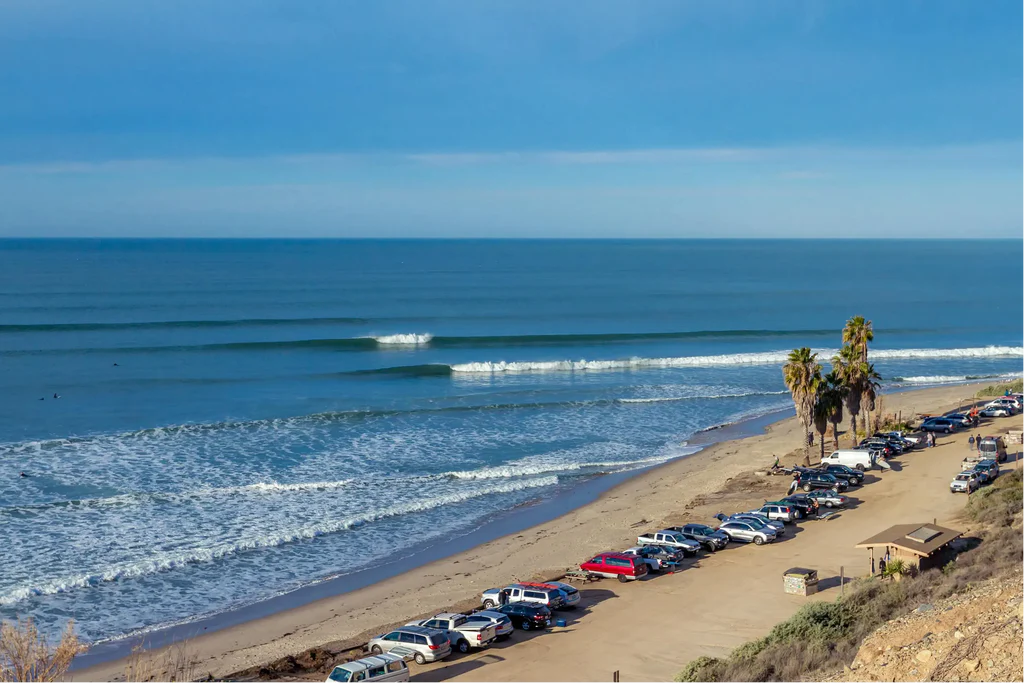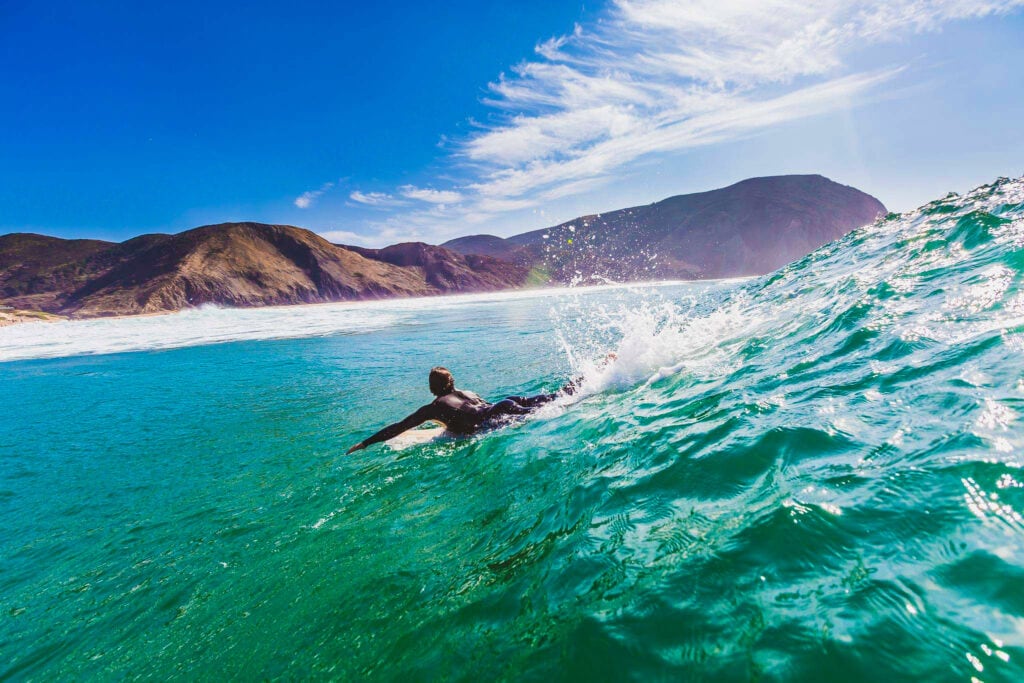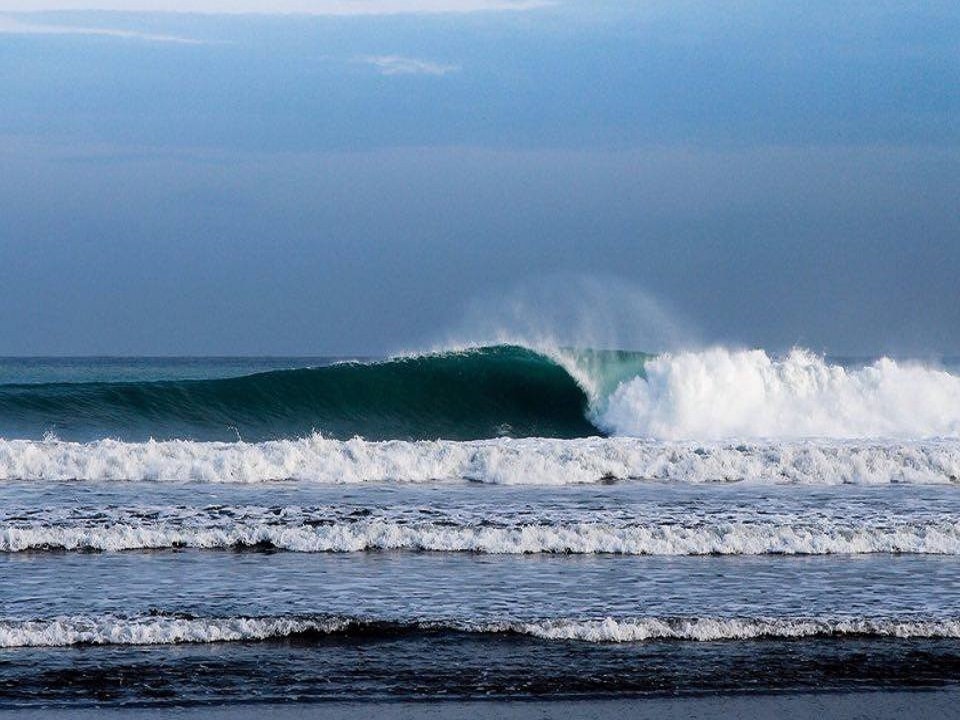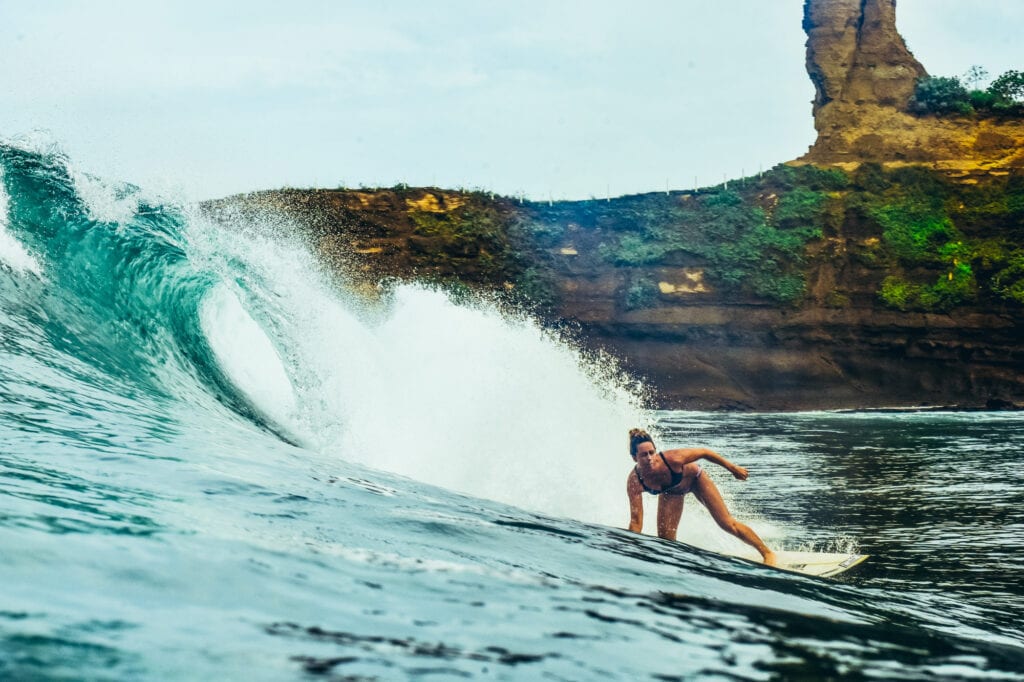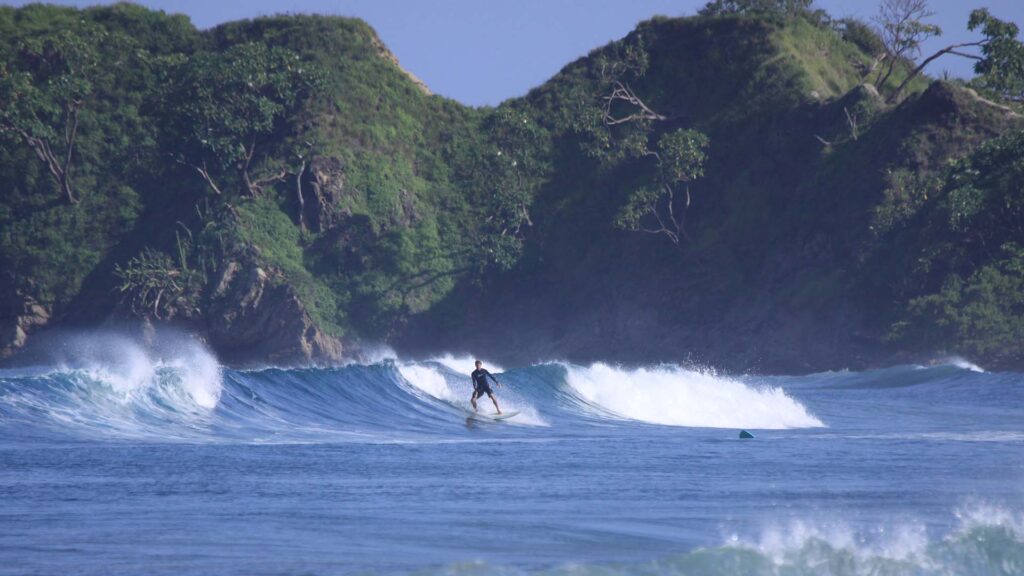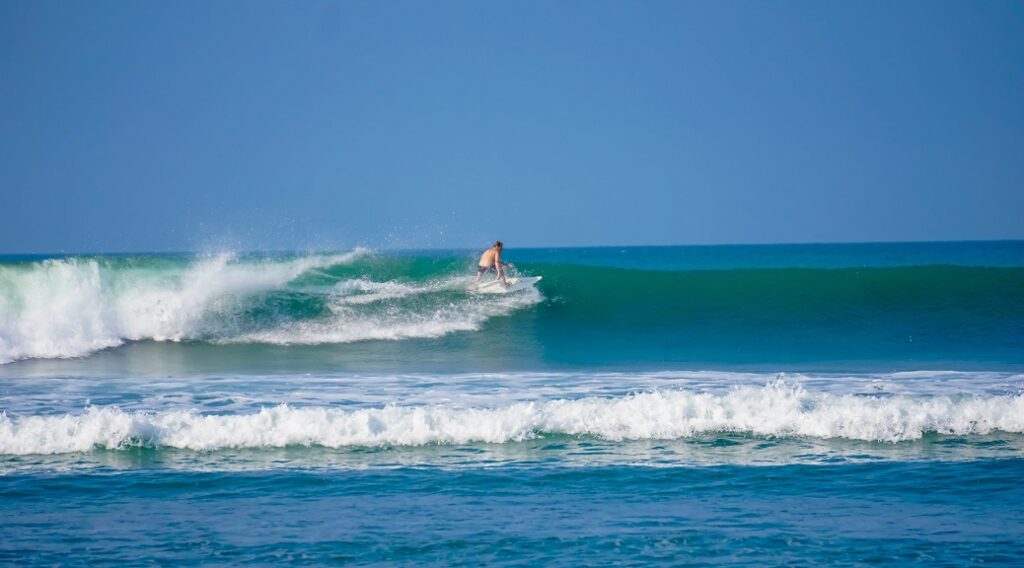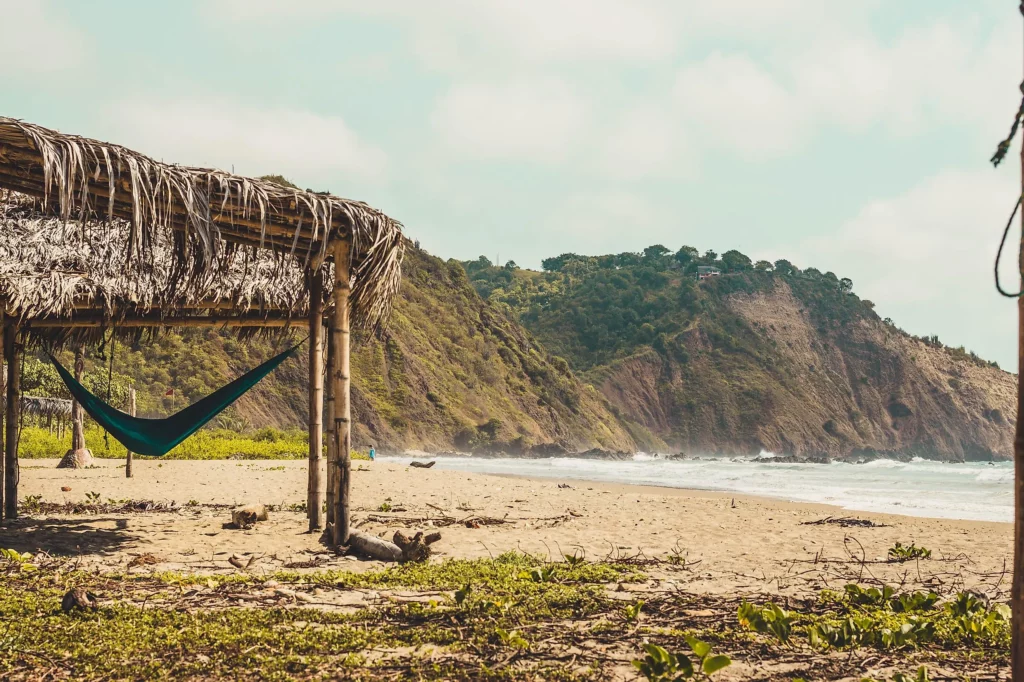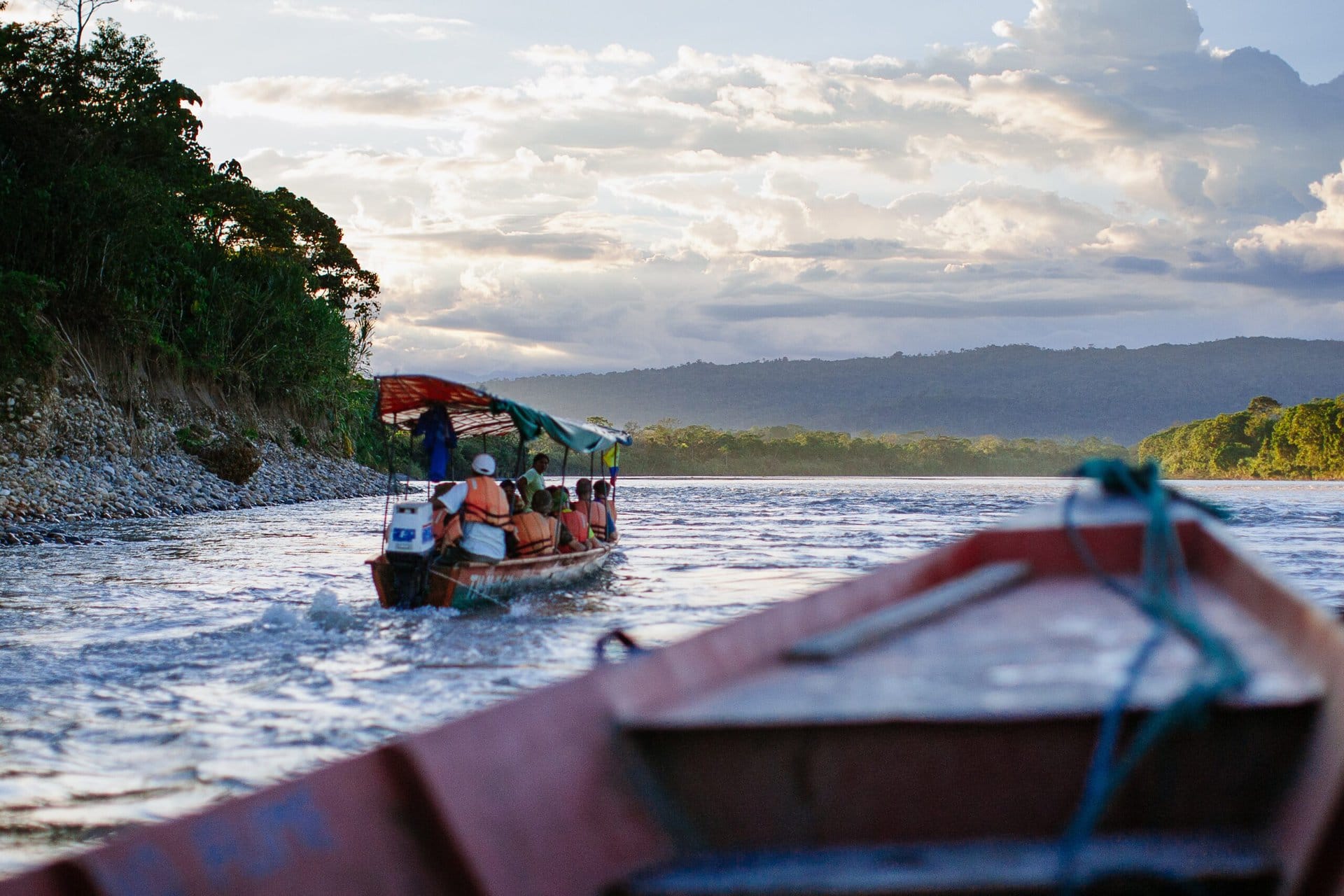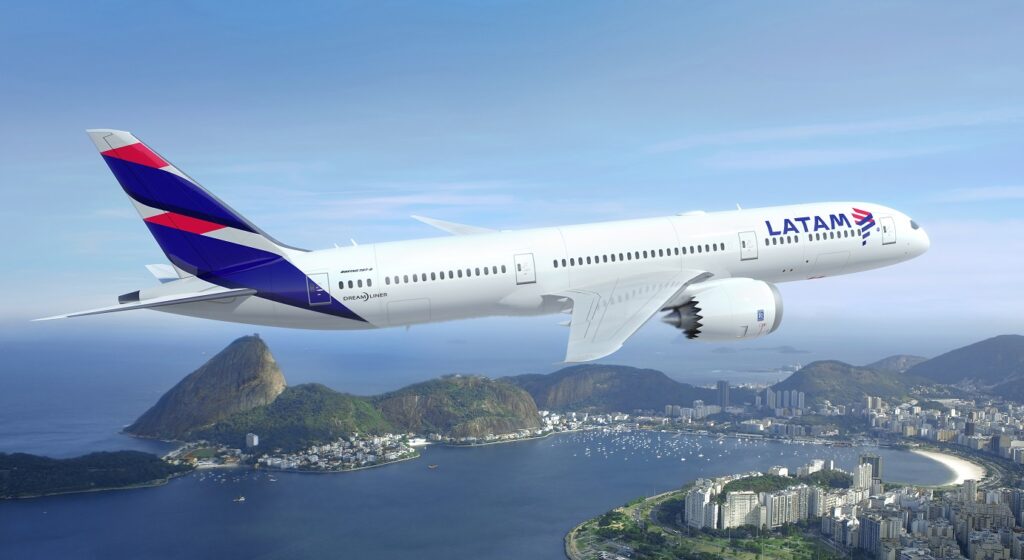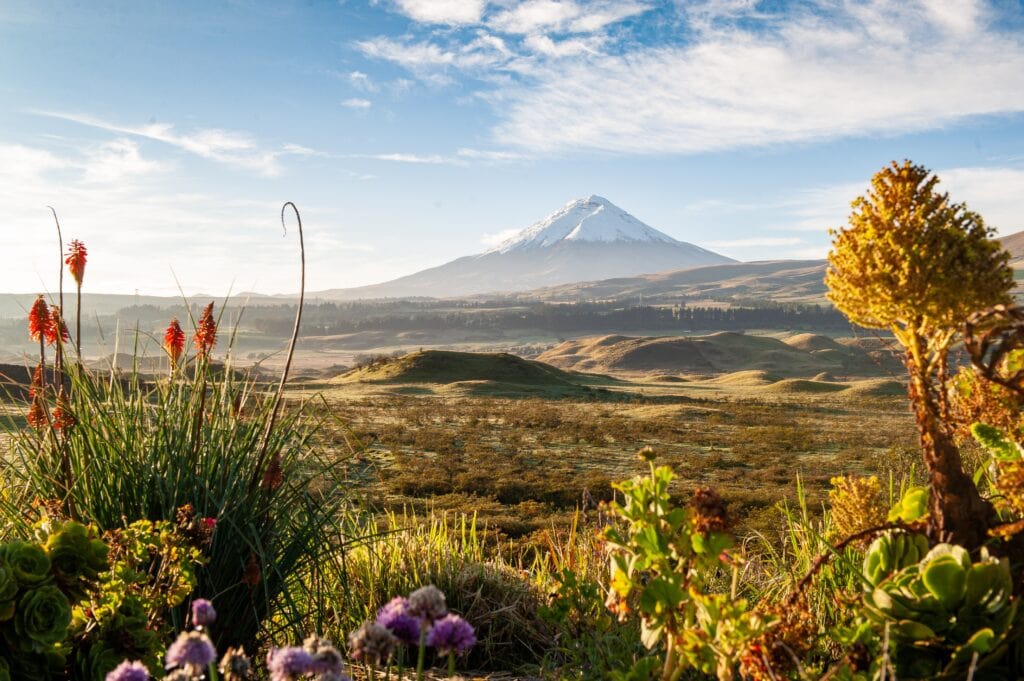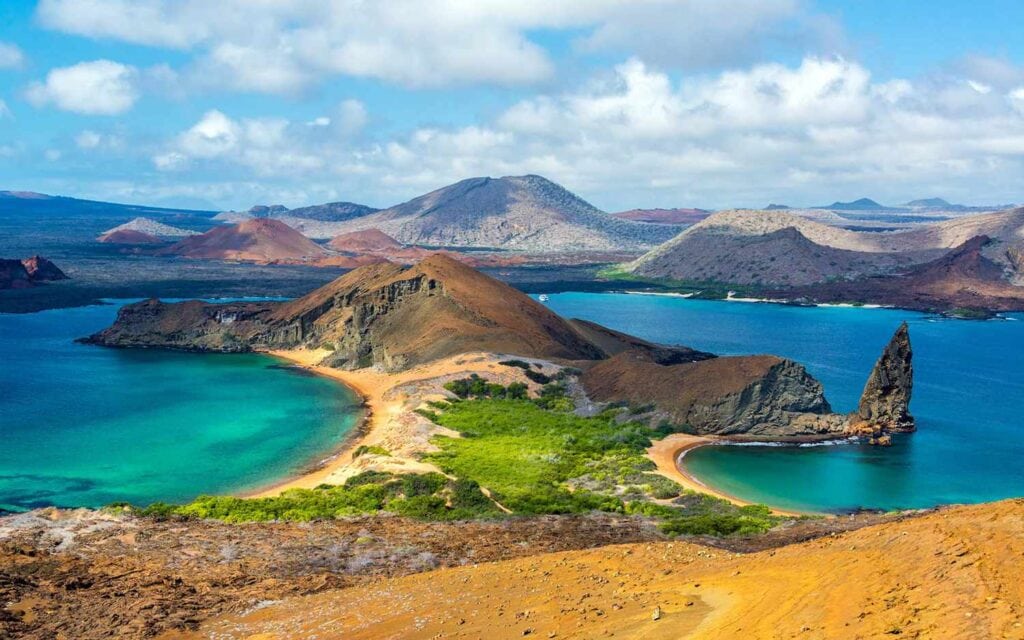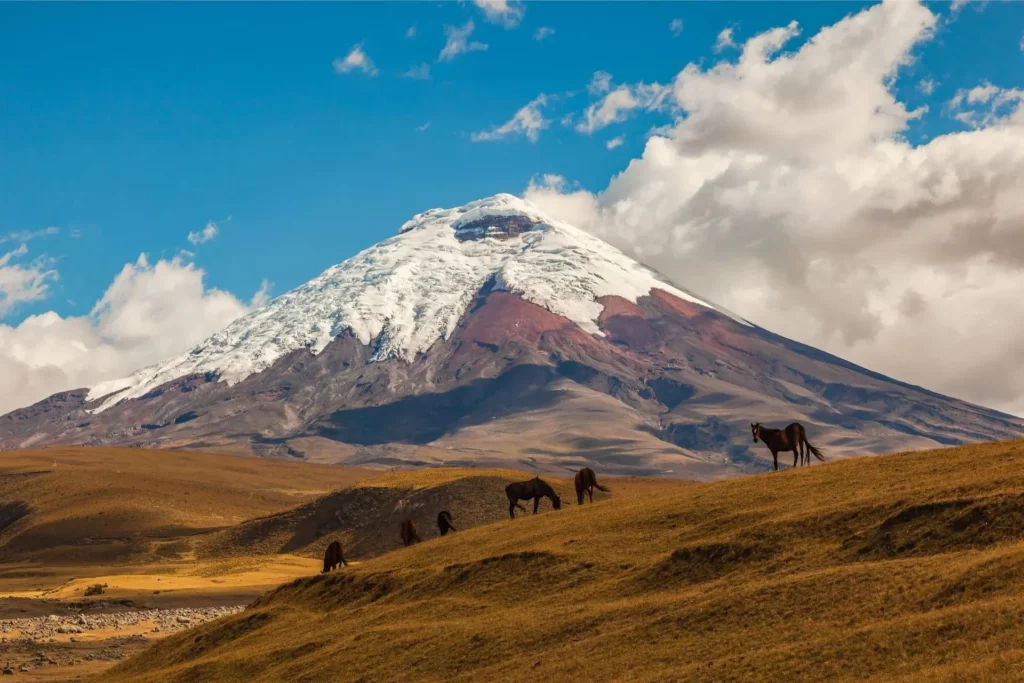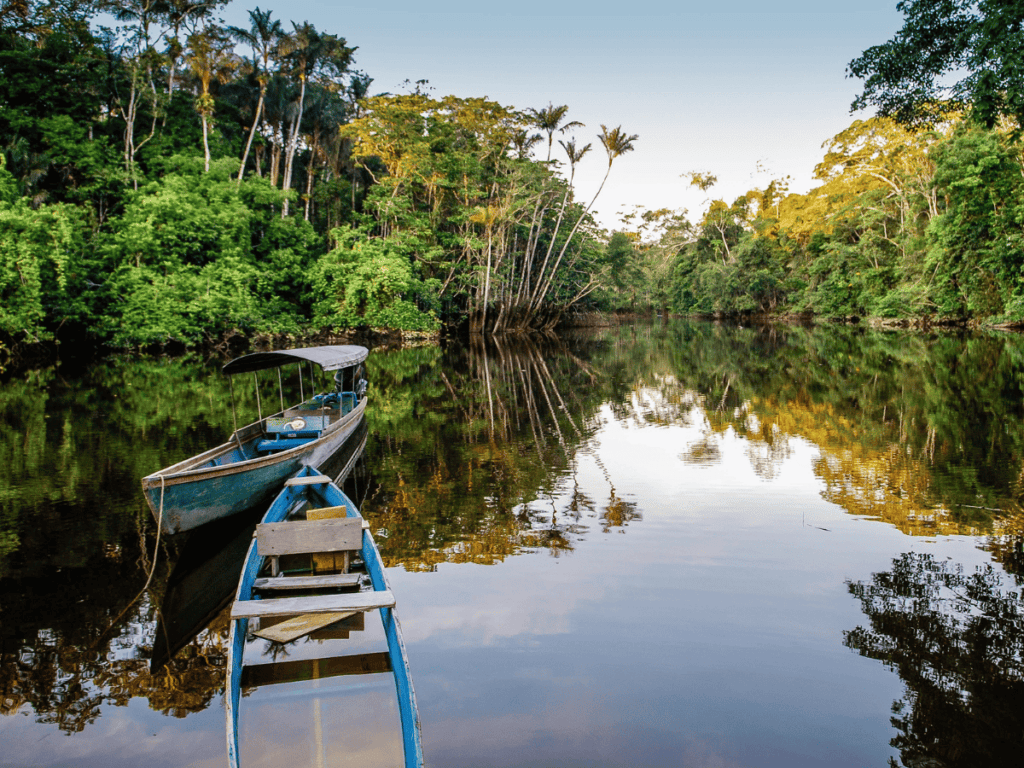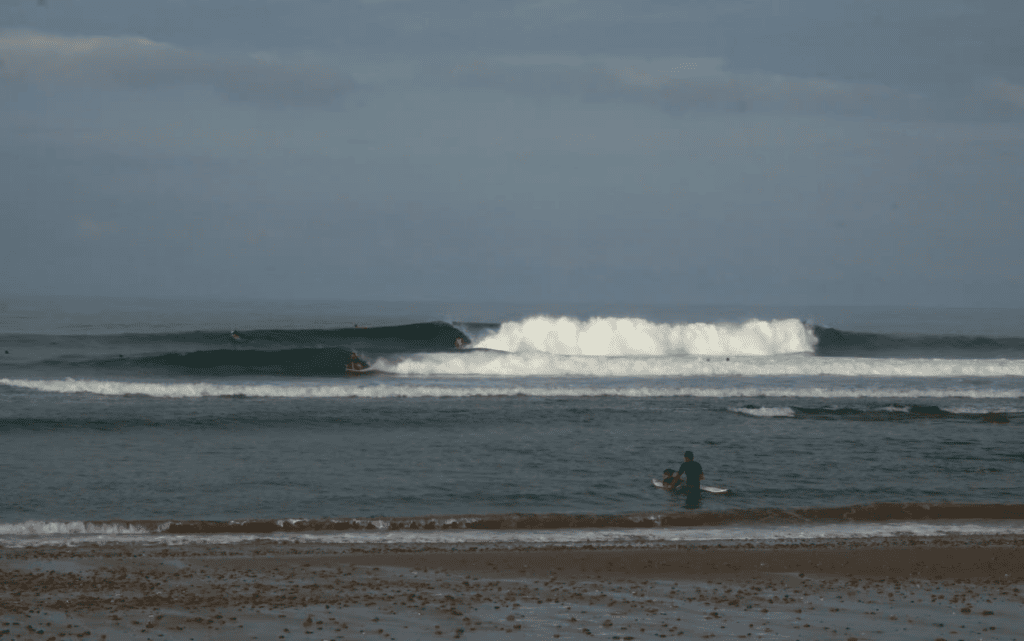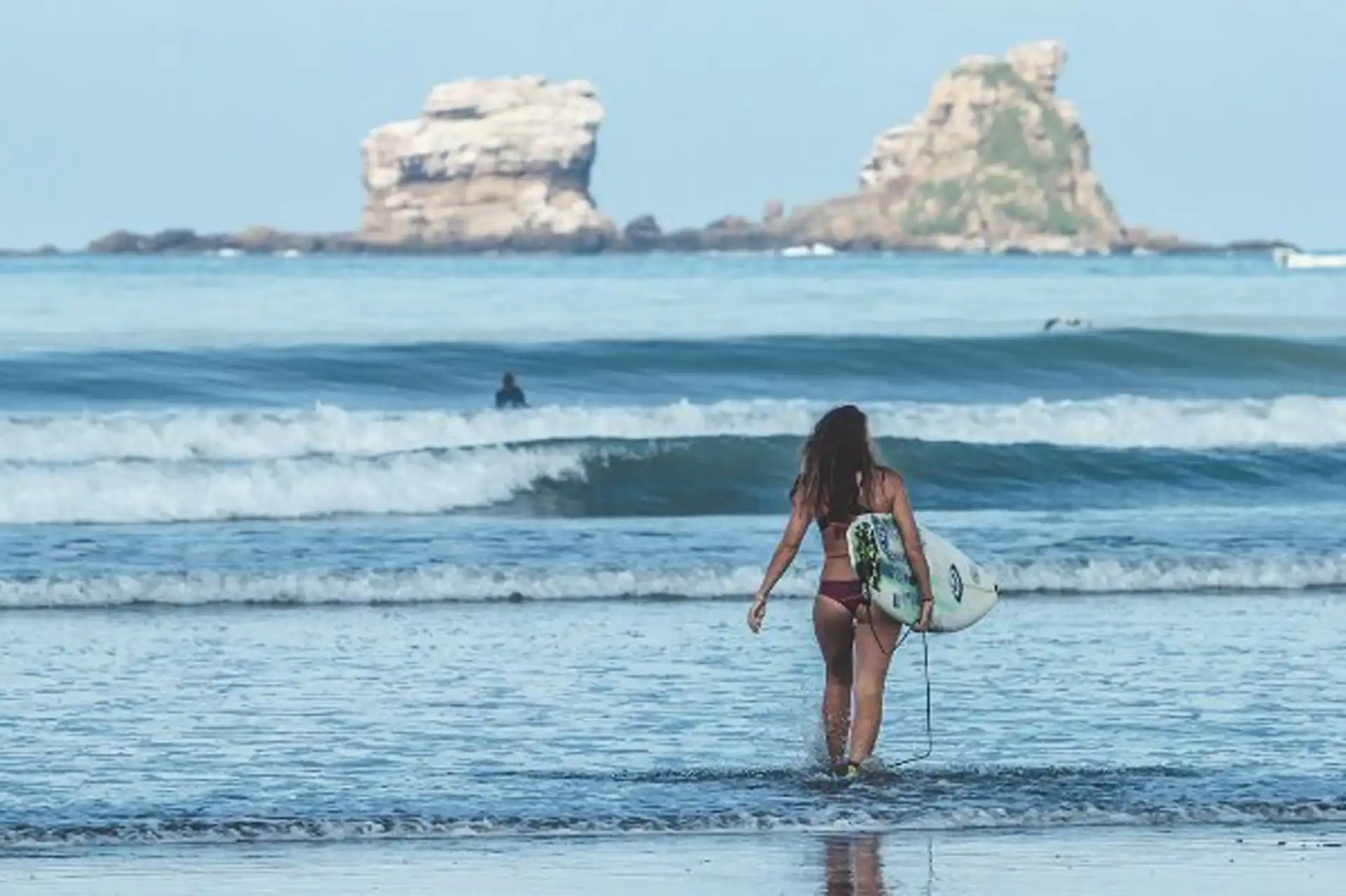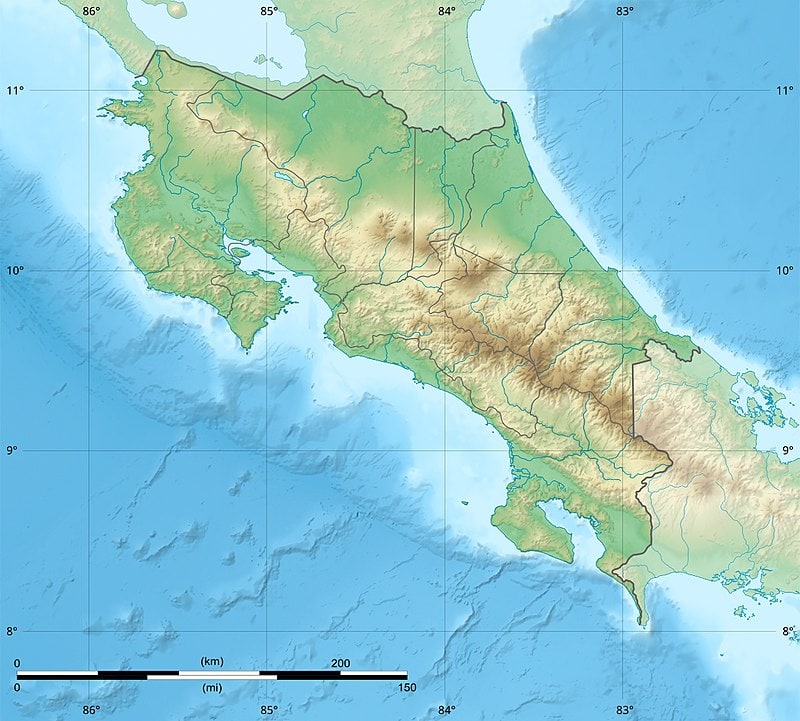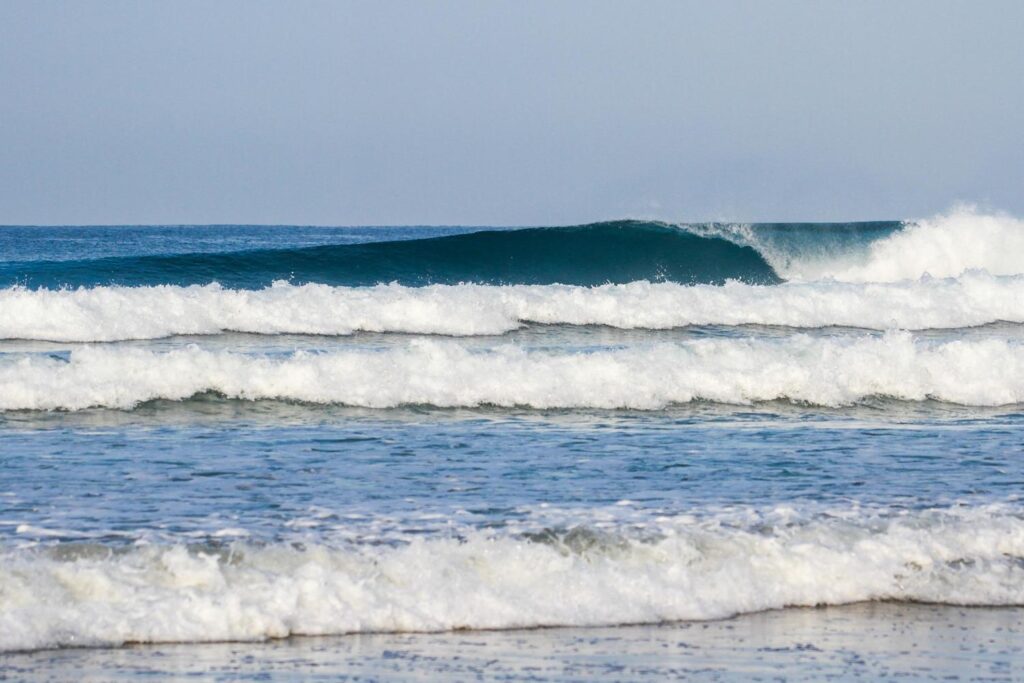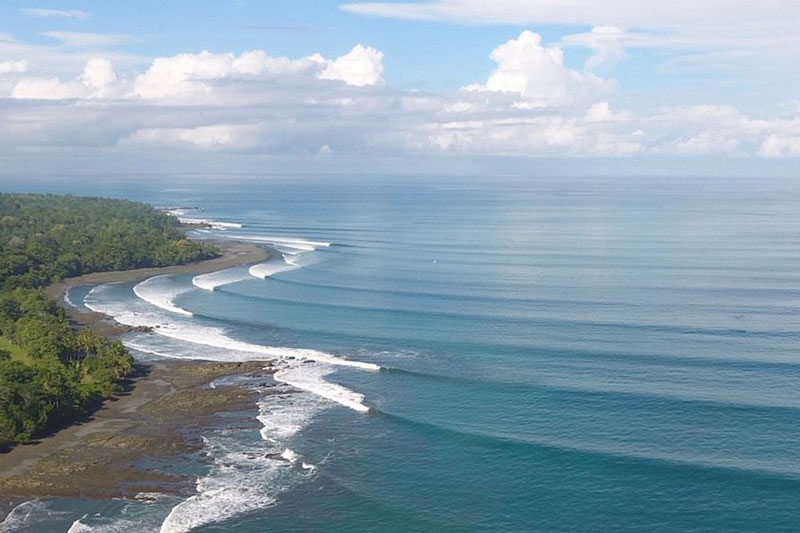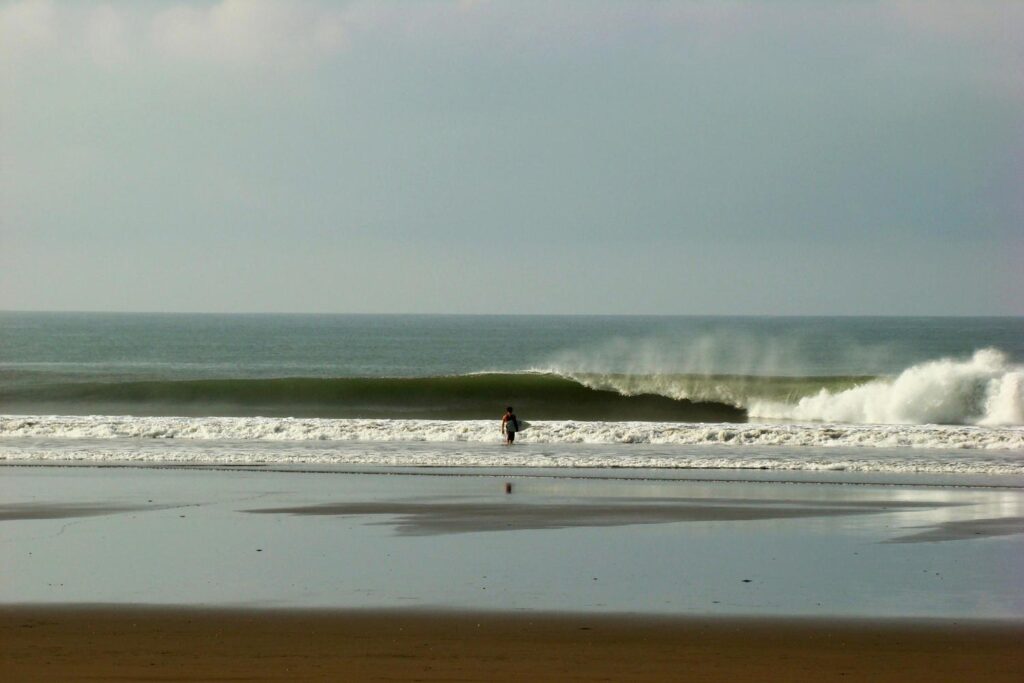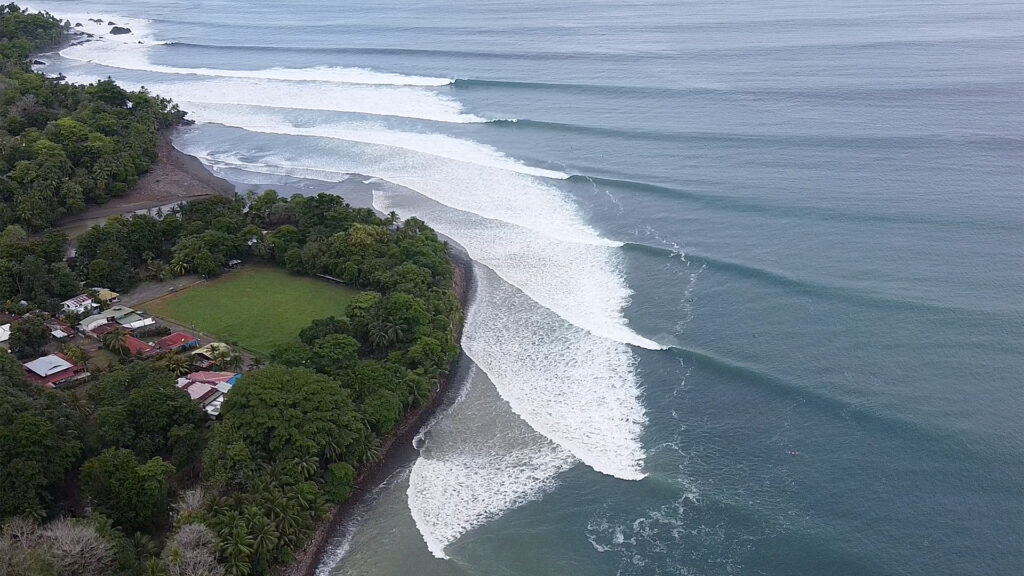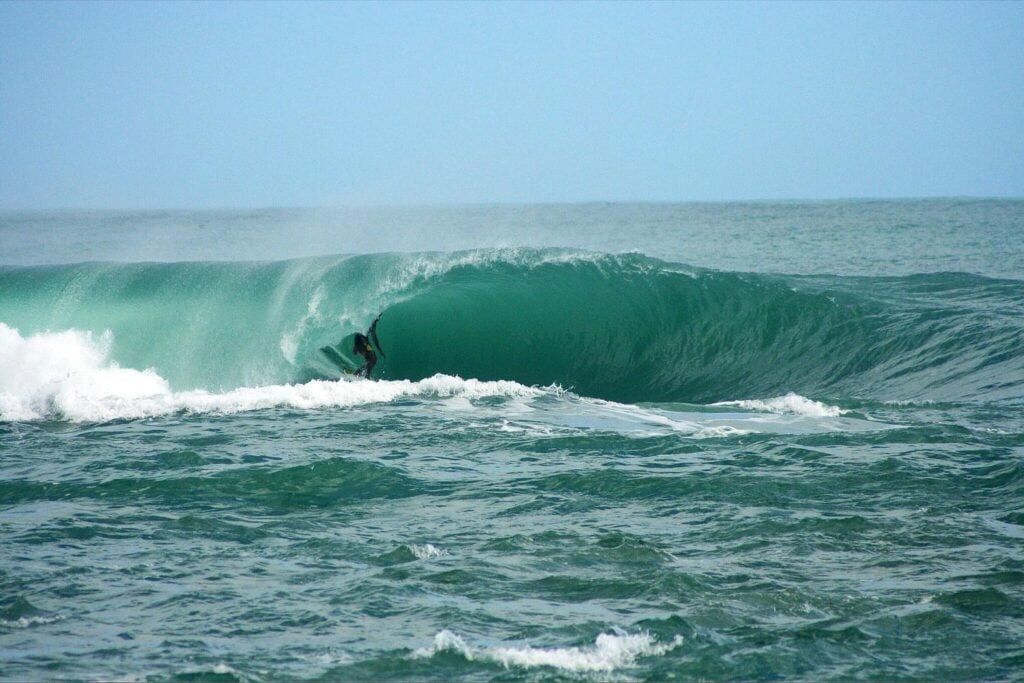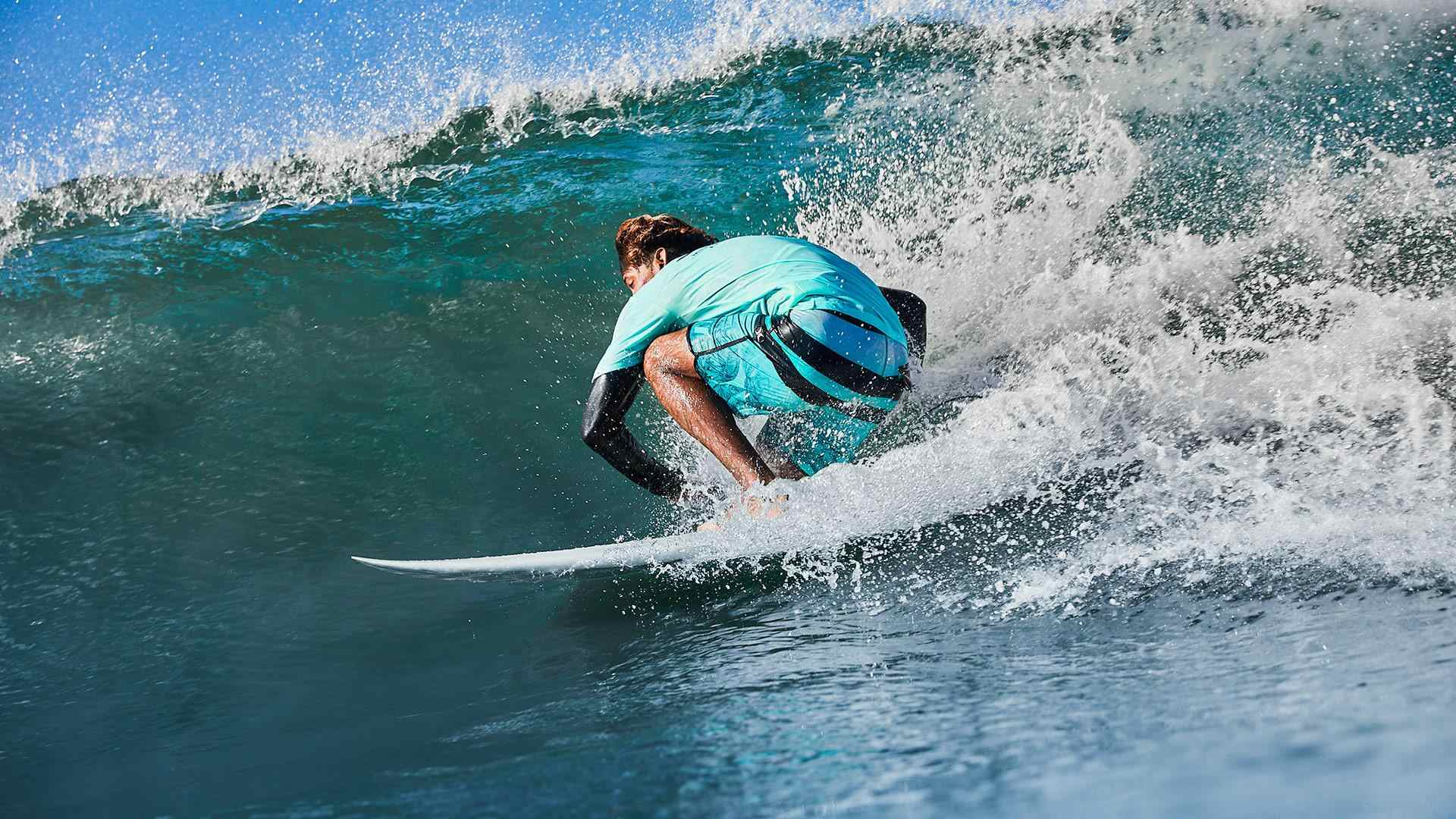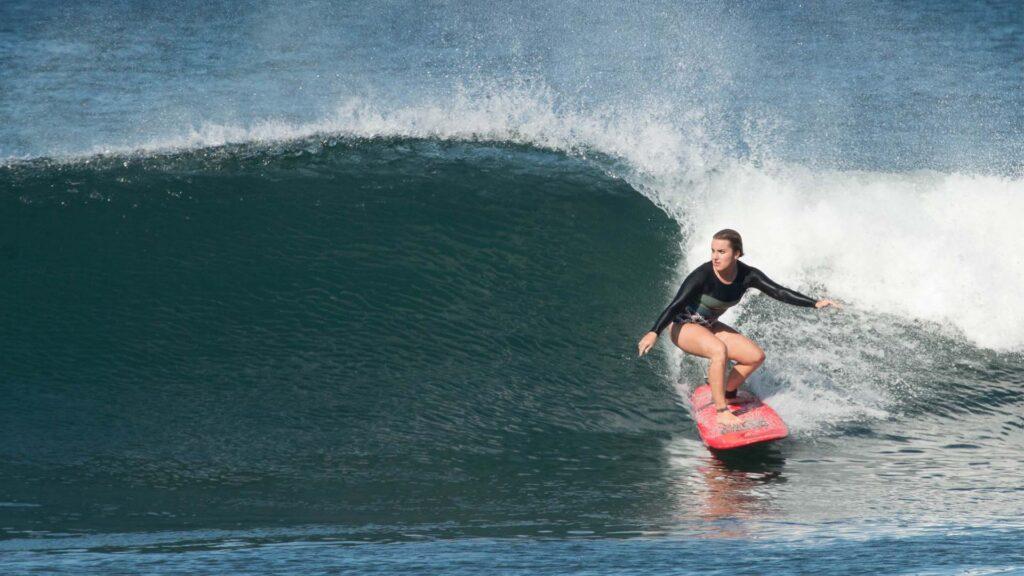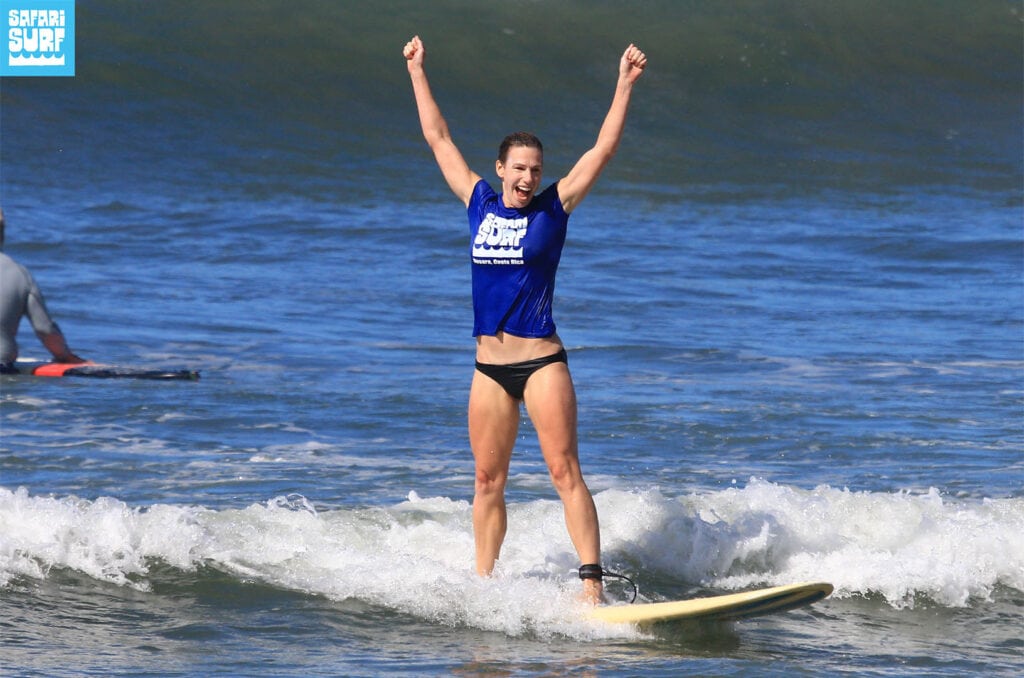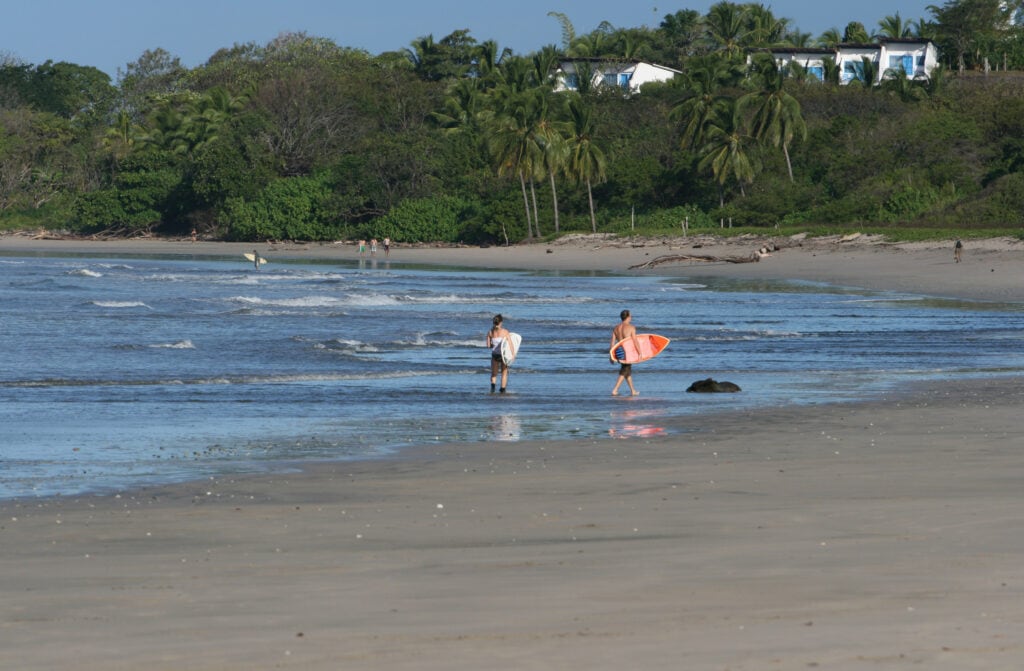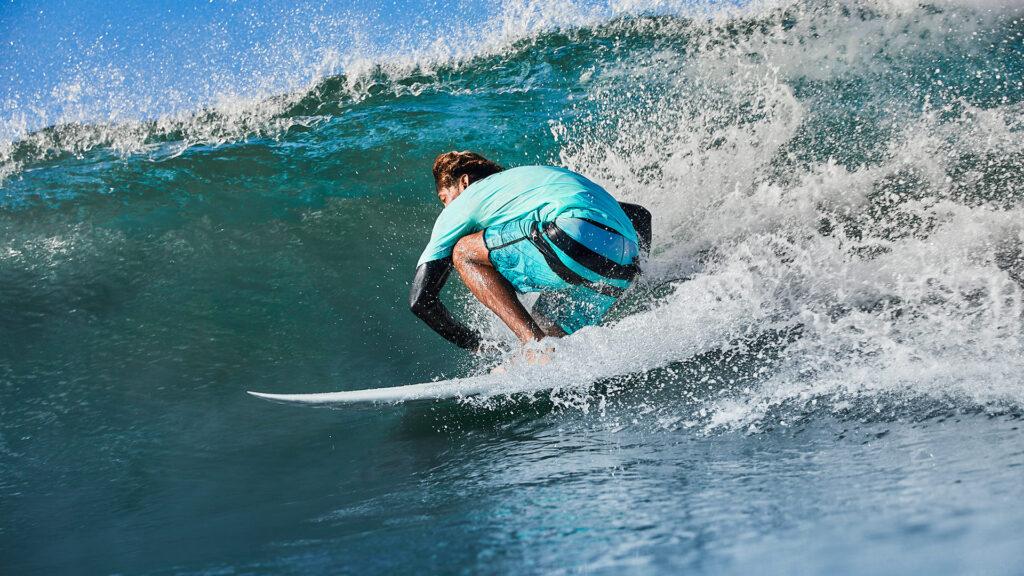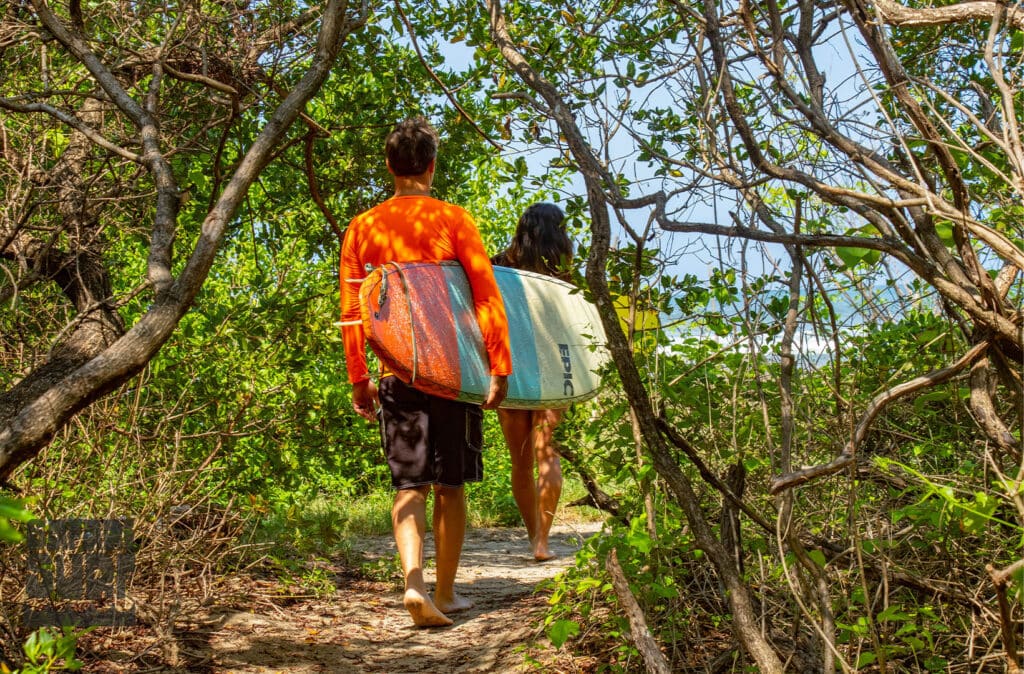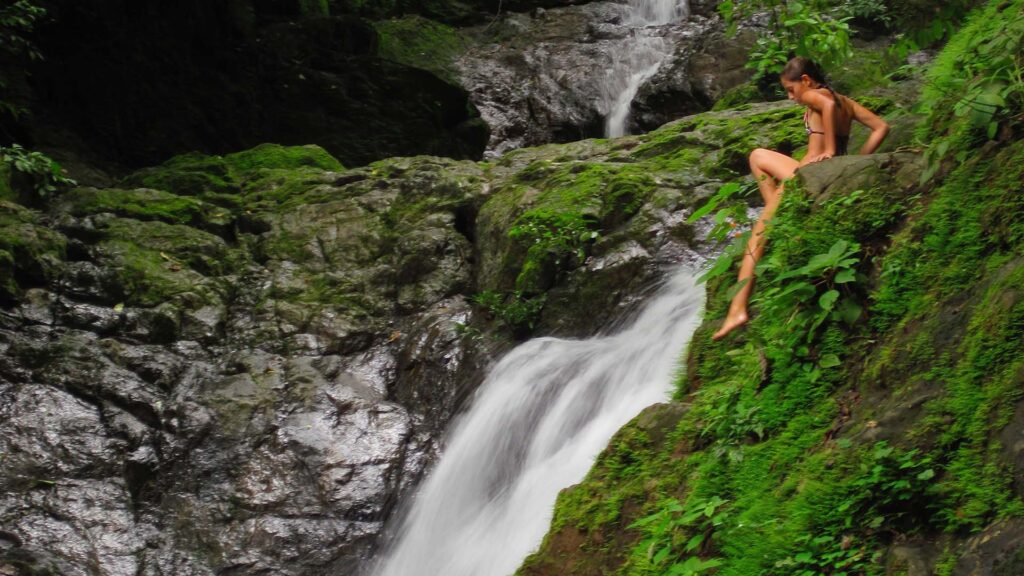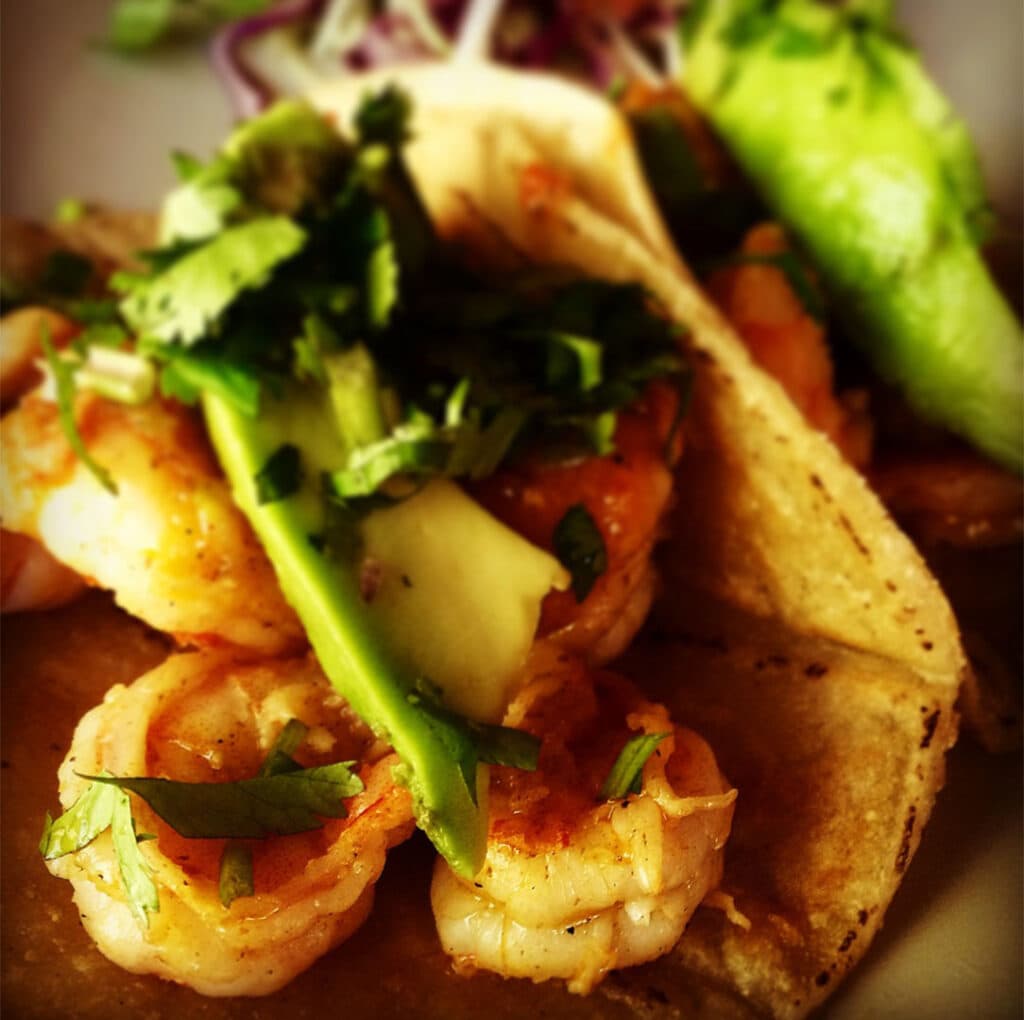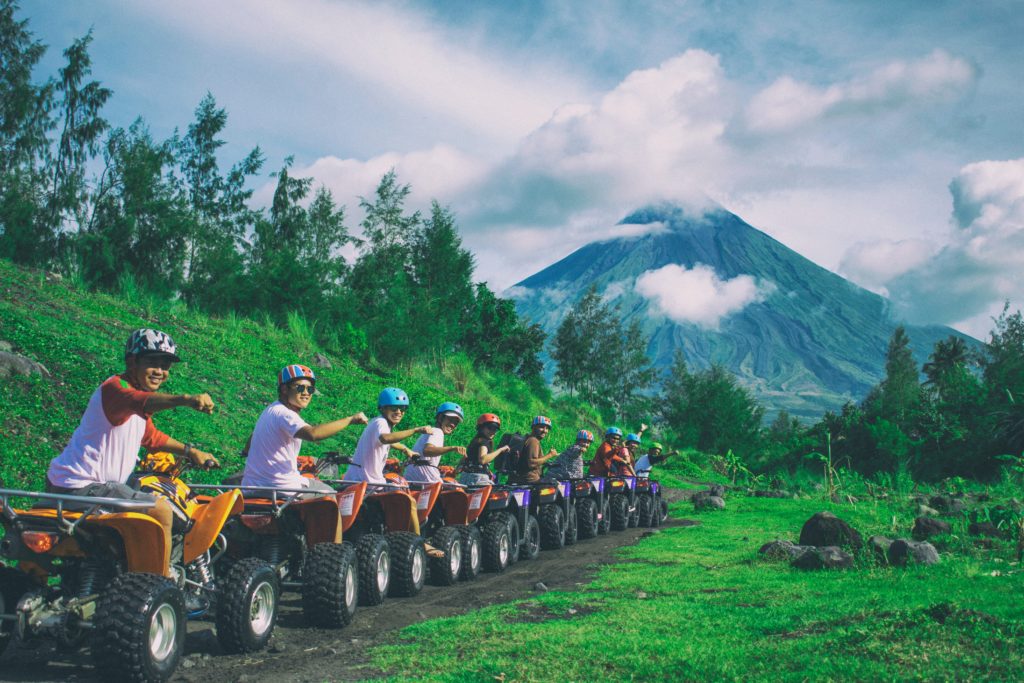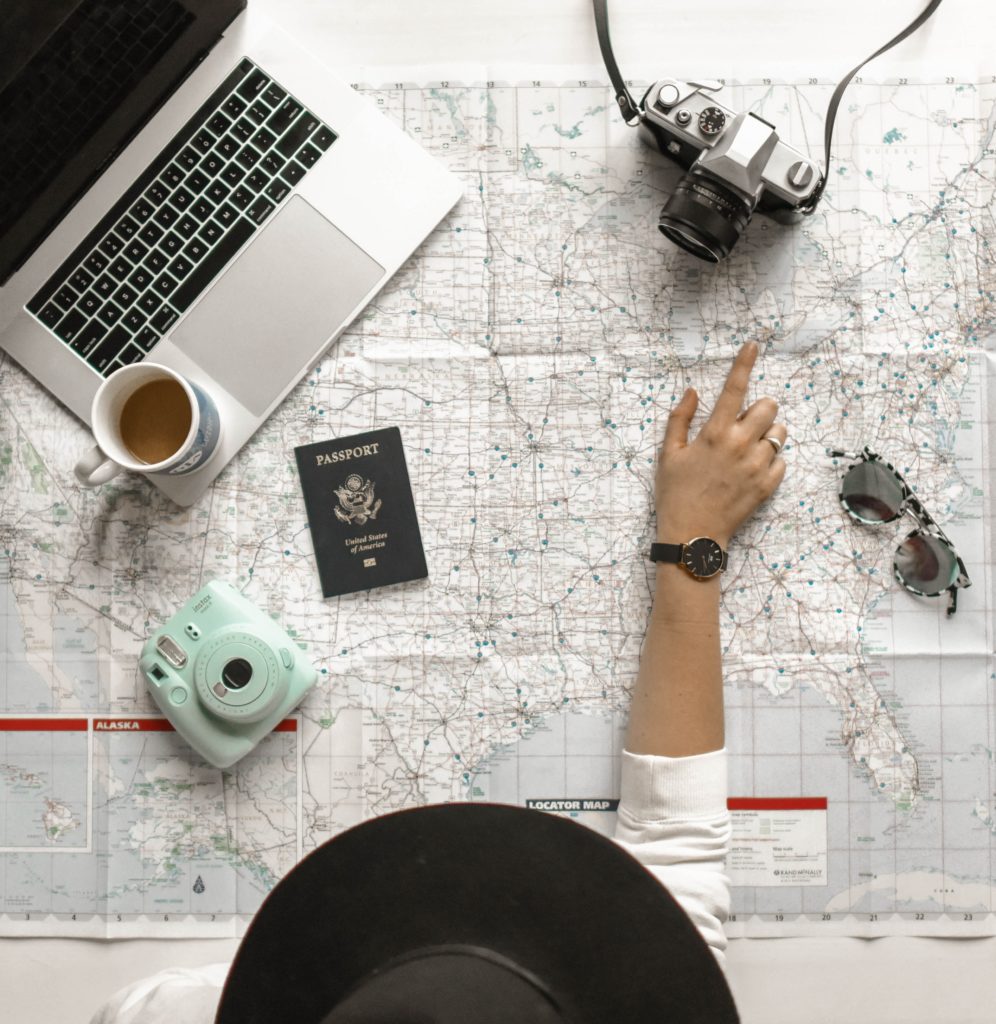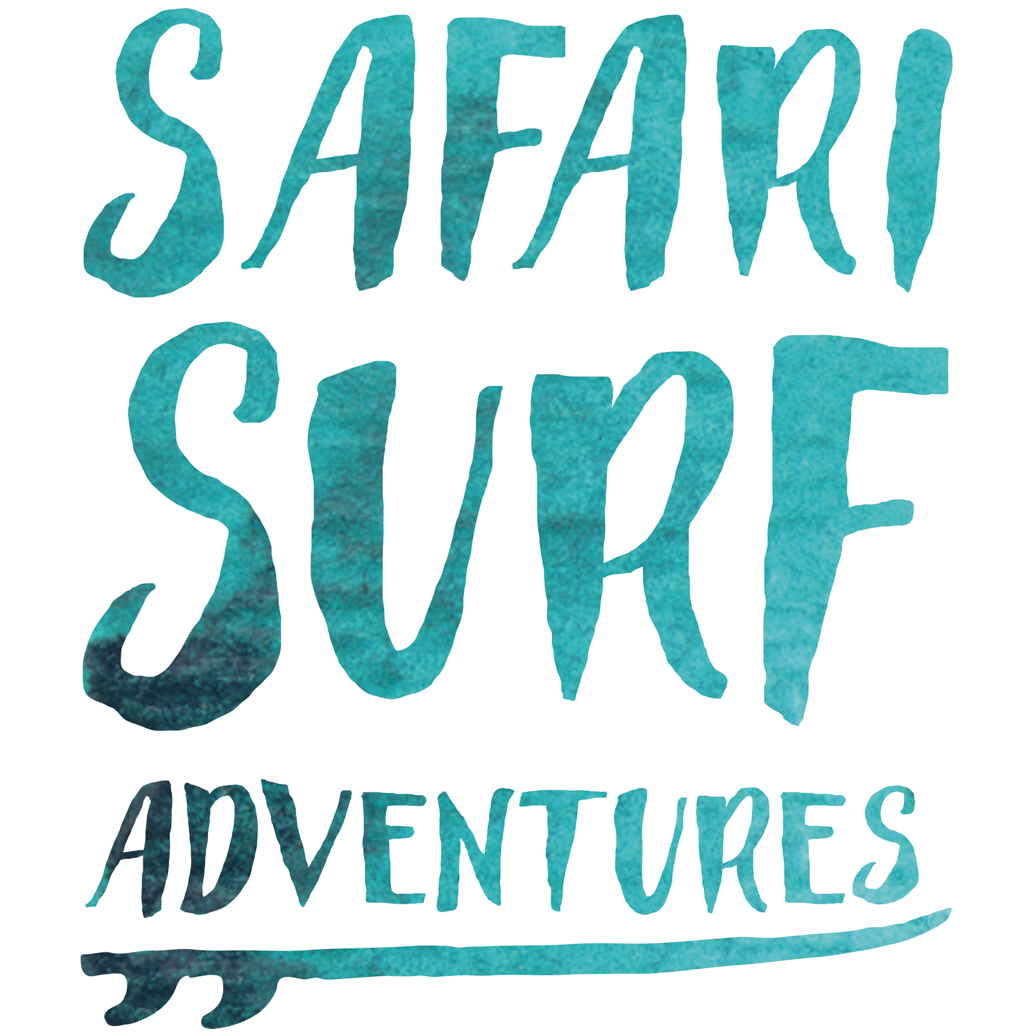Not all waves are created equal. While there’s no denying that there are good and bad waves, it’s not always binary. What may look like a fun wave to one surfer could be impossible to surf to another. Every surfer is different, and depending on their skill level, not all surfers are looking for the same thing. While the waves that make magazine spreads and dominate your Instagram feed may look visually stunning, they’re usually highly difficult to surf. Sure, there is a caliber of surfer looking specifically for steep, hollow waves that hold serious size, but most surfers in the water just want an open face to do turns. If you’re an intermediate surfer, don’t spend your surf trips chasing waves that are too difficult or dangerous for you to ride. Instead, look for waves that will help you progress. Continue reading below for The Safari Surf Guide to the Best Intermediate Waves on the Planet.
Intermediate Waves in the US
Upper Trestles- San Clemente, California
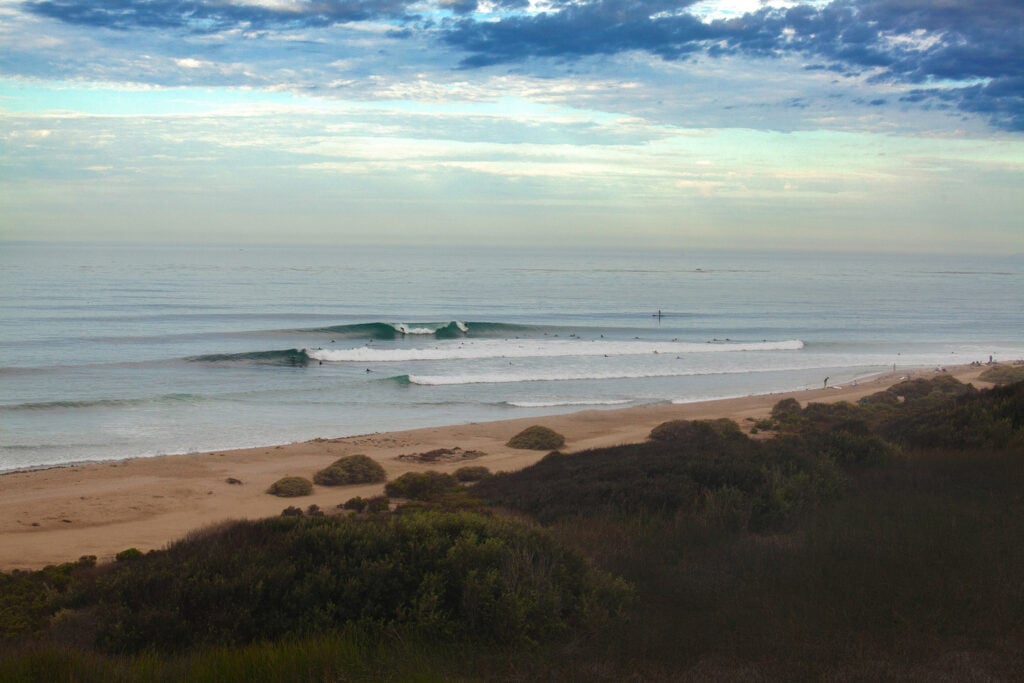
Lower Trestles is the pinnacle of high-performance surfing in the US. The wave offers an open wall to carve, launch airs, and hack. It’s not unusual to spot pros in the lineup, going toe-to-toe with the best young up-and-coming surfers. Uppers, just north of the famed Lowers, offers a similarly long-walled wave without the competitive lineup. Compared to Lowers, Uppers is a mellow, slow-breaking right. You’ll find a wide variety of skill levels in the lineup on all different types of boards.
Intermediate Waves in Latin America
Playa Guiones- Nosara, Costa Rica
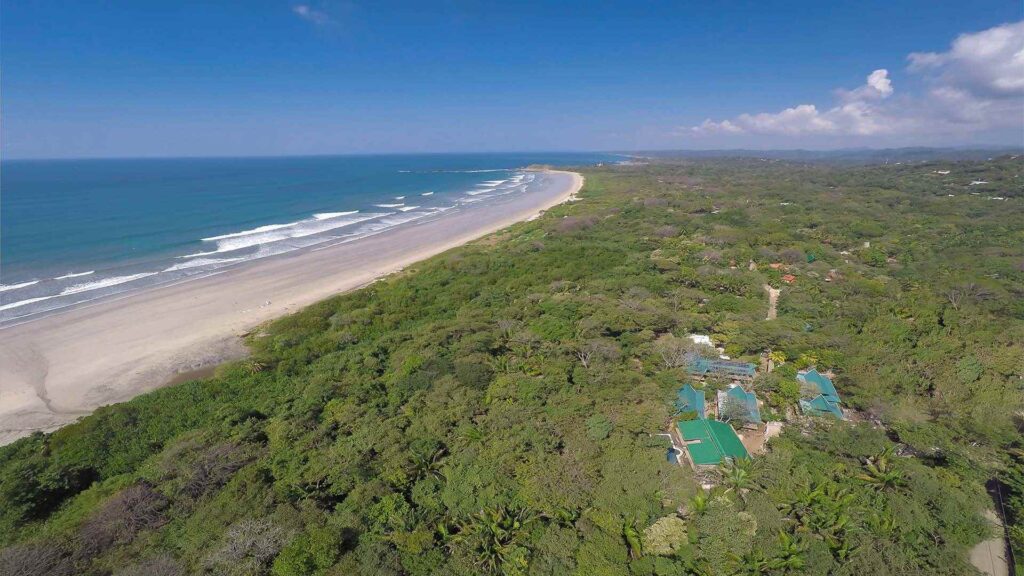
We couldn’t make a list of the best waves on the planet without including our home break—Playa Guiones. Playa Guiones is a 4-mile-long beach with dozens of reliable sand bars that help disperse the crowd. The wave at Guiones breaks slowly and has a gently sloped face that makes it user-friendly at any size.
Playa Venao- Pedasi, Panama
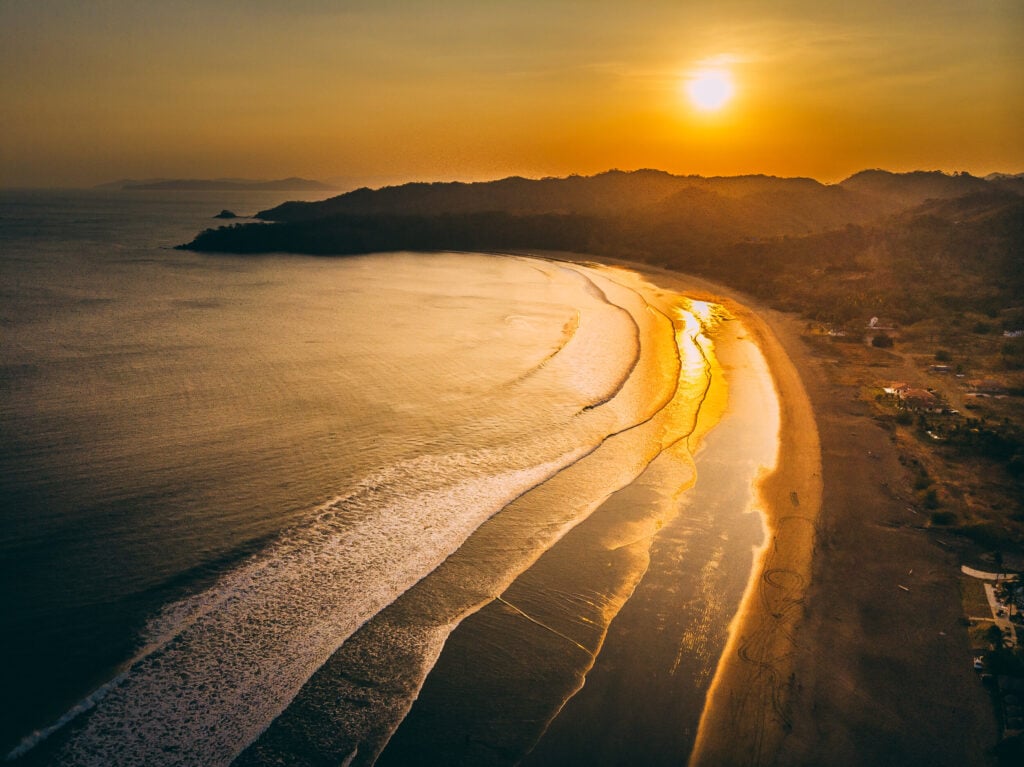
Our other home break in Panama offers a similar ride to that in Guiones. Playa Venao is a crescent-shaped cove that faces completely south. While the beach does pick up a ton of swell, the sides of the cove always produce smaller, weaker waves that are ideal for learning. The middle of the cove has a fun right and left peak that beaks quickly and is favored by advanced surfers.
Chicama- Peru
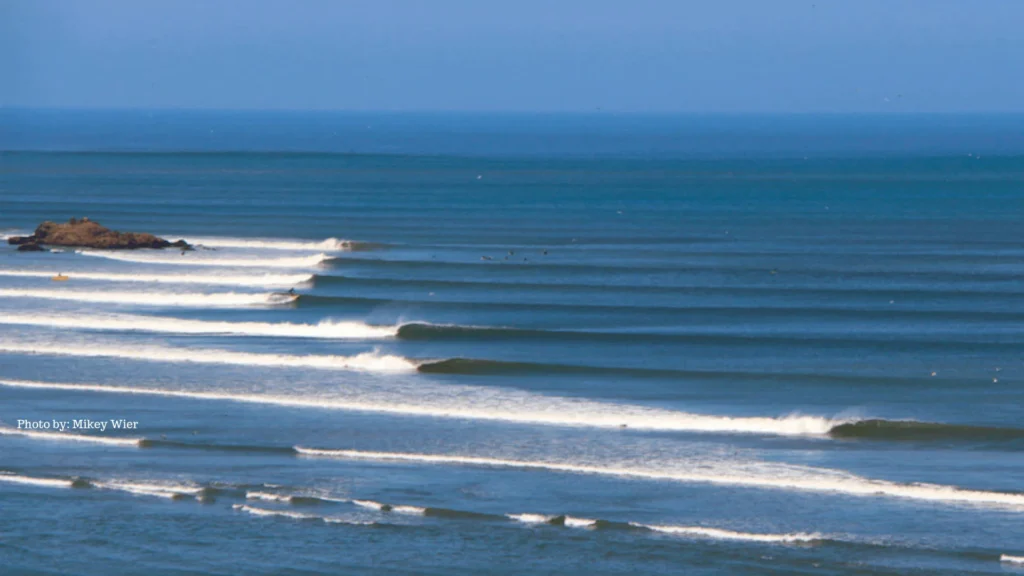
Northern Peru is home to some of the best waves on the planet. There are world-class barrels, long reeling points, peaky beach breaks, and much more. Chicama is home to the longest left in the Western Hemisphere. It takes a massive northwest swell to begin breaking, so most people travel there from other waves nearby rather than take a trip to Chicama. The wave peels for multiple kilometers and is so long that it’s physically impossible to paddle back against the current. Instead, surfers are ferried back to the peak by boat.
Intermediate Waves in Asia
Lazy Lefts & Right- Weligama, Sri Lanka
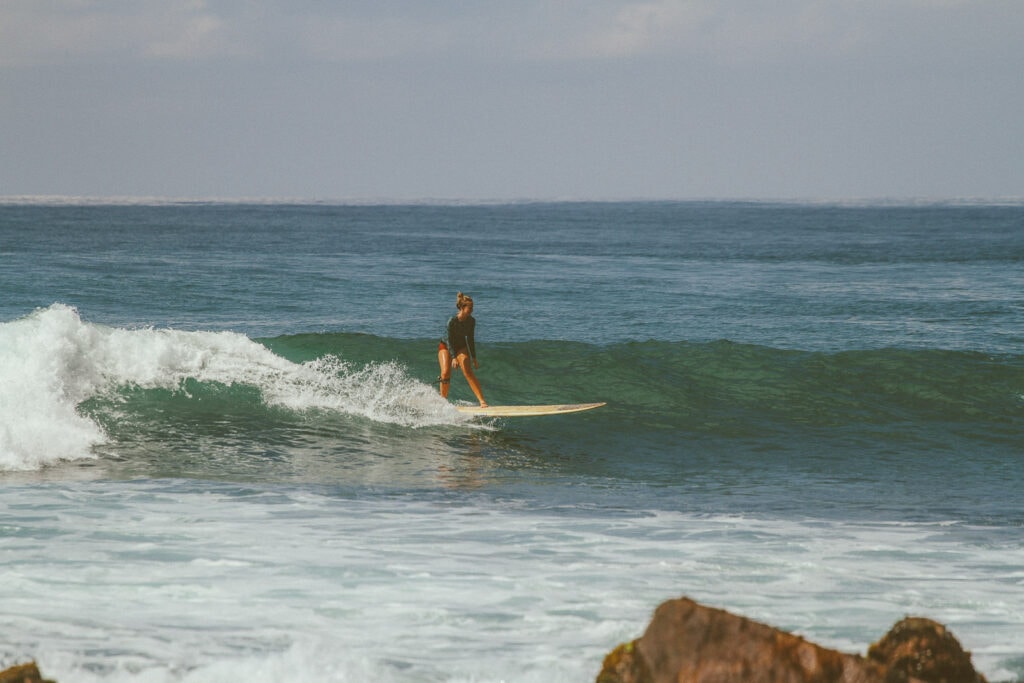
Sri Lanka is a great destination for intermediate waves. While the Indian Ocean island nation receives ample swell, many of its most celebrated waves are longer points, not top-to-bottom hollow waves. Two great examples can be found in the southeast corner of the tear-drop-shaped island, right next to each other— Lazy Lefts and Lazy Rights. Lazy Lefts and Rights are complimentary points separated by a wide bay that breaks towards each other. The right is a slow-breaking, long ride, and the left is a bit faster and steeper. The combination is ideal for progression and allows surfers to build confidence on the right and work their way towards the left.
Old Man’s – Batu-Bolong- Canggu, Bali
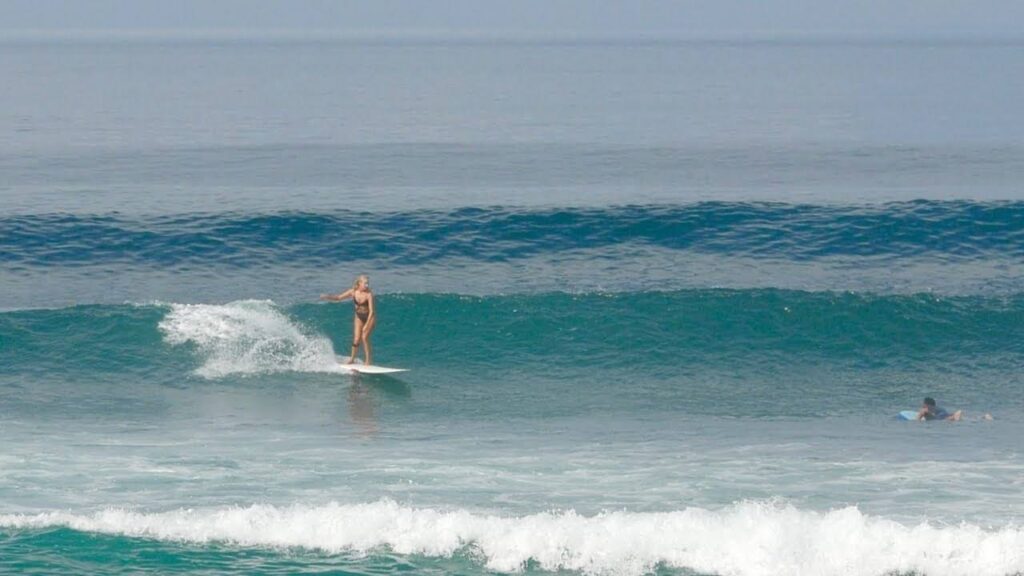
Bali is one of the world’s most popular surf destinations for a reason—it’s full of world-class waves. While the iconic lefts off the Bukit Peninsula may be well suited for advanced surfers, there are still plenty of intermediate waves on the island. Old Man’s is a cruisy right-hander that bends around a lava reef and forms a picture-perfect wave for longboarders and new surfers.
Intermediate Waves in Europe
Baleal Island- Peniche, Portugal
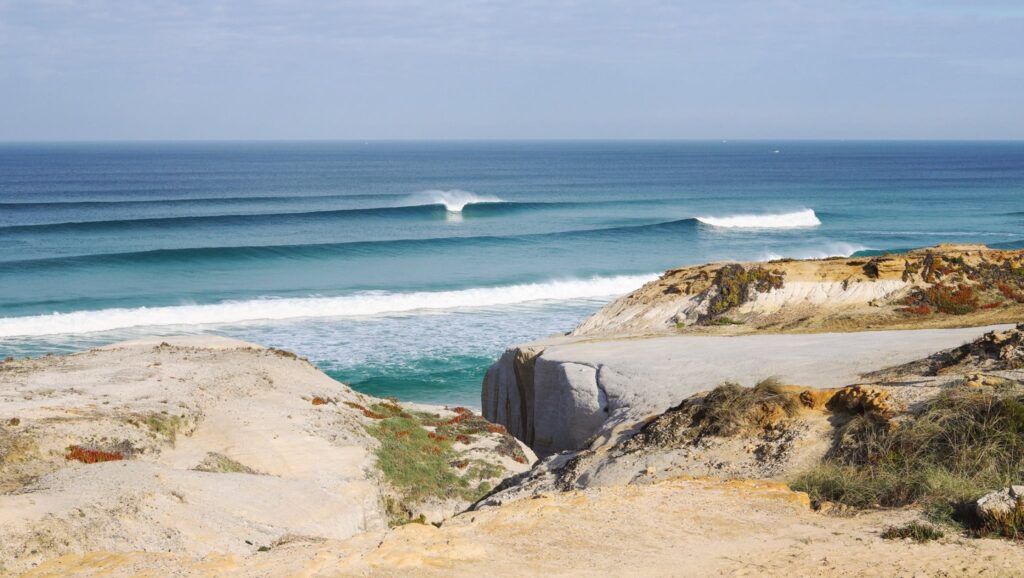
Portugal is Europe’s wave mecca, and Peniche is home to one of the country’s many crown jewels, Super Tubos. Super Tubos is the European Pipeline. It’s a beach break that packs a serious punch and produces some of the best tubes in the Old World. Just down the road from this barrel haven is a mellow beach and reef break that peel perfectly and offer ample room for turns.
The best way to progress your surfing is to travel. Join us in Costa Rica, Panama, or Ecuador to surf our favorite intermediate waves. Head to our website to book your trip today!

